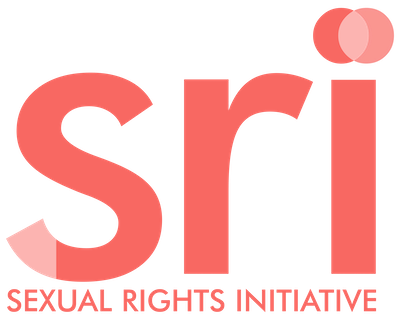Session
National Report
Para 19) Besides these developments, in 2015, Law n. 13,104 was enacted, to establish femicide as an aggravating circumstance of the crime of homicide and to include femicide in the list of heinous crimes. Afterwards, the National Plan against Femicide was established, under Decree n. 10,906 of December 20th, 2021, which has as one of its goals encouraging people to report all forms of violence against women.
Para 21) Another relevant normative landmark was the enactment, in 2021, of Law n. 14,132, which alters the Criminal Code to provide for the crime of stalking through any means, with a penalty increase when the victim is a child, an adolescent or an elderly person, or when the crime is committed against a woman based on sex.
Para 50) Both policies prioritize rural women’s participation due to their important role in selfconsumption production and family nourishment. It is also a means for self-sufficiency and empowerment of women, contributing, over the years, to the mitigation of all kinds of violence against these women.
Para 57) Also regarding the prevention of violence against women, it bears mentioning the expansion of the House of the Brazilian Woman, a facility that includes, in the same space, specialized services for victims of violence, such as psychosocial support, legal advice, and actions to promote economic autonomy.
Para 120) Contingency plans were implemented to deal with the detrimental consequences of the Covid-19 pandemic. In this regard, measures as the following were taken: … (iii) disseminating accessible channels for reporting human rights violations and domestic violence; (iv) expansion of investment in public services to women who are victims of violence and their families;
Para 125) Significant decline was also registered in the number of children and adolescents that died as a result of assault. In this case, the average decline was of approximately 40% in the last 3 years. In this respect, it is also important to mention the decline in the homicide rate in Brazil in the last years, including of women.
State under Review
National Report
Stakeholder Summary
Para 25) Several submissions denounced that journalists in Brazil, in particular women, faced a violent environment marked by stigmatization, threats, harassment, physical attacks and killings.
Para 57) … Christian Aid highlighted Brumadinho’s impact on women’s right to water, a life free of violence and discrimination, to a decent work and income and to health.
Para 59) Despite having a reference protection law (the Maria da Penha law), cases of violence against women increased in Brazil and the absence of seriousness in the judicial processes. Several submissions highlighted the upsurge in domestic and sexual violence against women in recent years, in particular poor, trans and Afro-descent women, aggravated by the Covid19 pandemic. JS27 underlined the increase in violence against women running for politics.
Para 60) IACHR expressed serious concern regarding the alarming prevalence of gender related killings of women …
Para 61) Several submissions underlined the under-reporting of incidents of violence against women due to fear, threats and coercion, institutional changes, and the creation of new legislation.
Stakeholder Summary
UN Compilation
UN Compilation
Para 52) On the basis of information from Instituto de Estudos Socioeconômicos, the United Nations country team indicated that there had been a massive reduction in the budget of the Ministry of Women, Family and Human Rights in 2021, accompanied by a reduction of 51.8 per cent in policies for women. In addition, the production of data and national statistics on violence against women and girls was still a challenge, due to concepts adopted by legislation on femicide and domestic violence, as well as by the absence of a comprehensive legal framework on gender-based violence.
Para 53) The United Nations country team indicated that there were systemic obstacles to the investigation and prosecution of feminicides with a gender perspective. The situation had worsened due to a more flexible access to firearms.
Para 64) On the basis of information from Associação Nacional de Travestis e Transexuais, the United Nations country team reported that transgender persons were exposed to violence and that most victims were women of African descent and young people aged 13 to 35.
